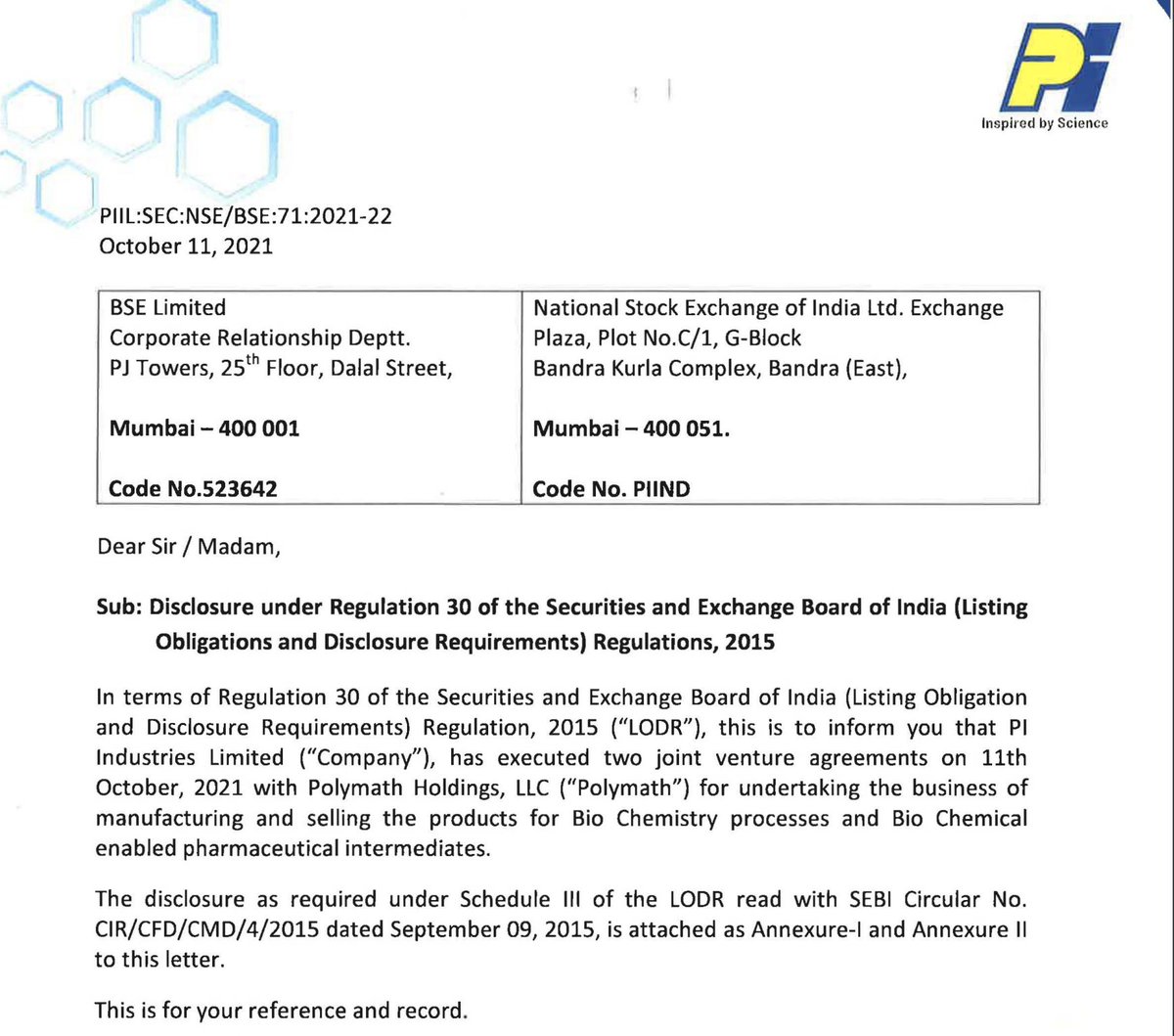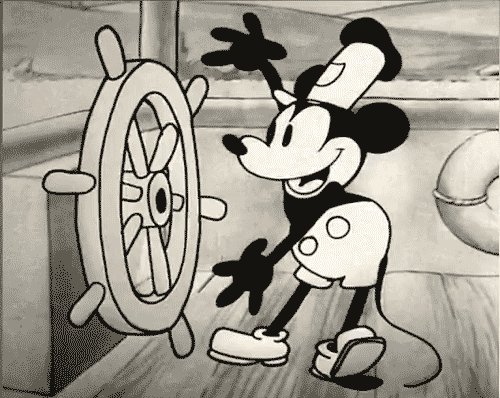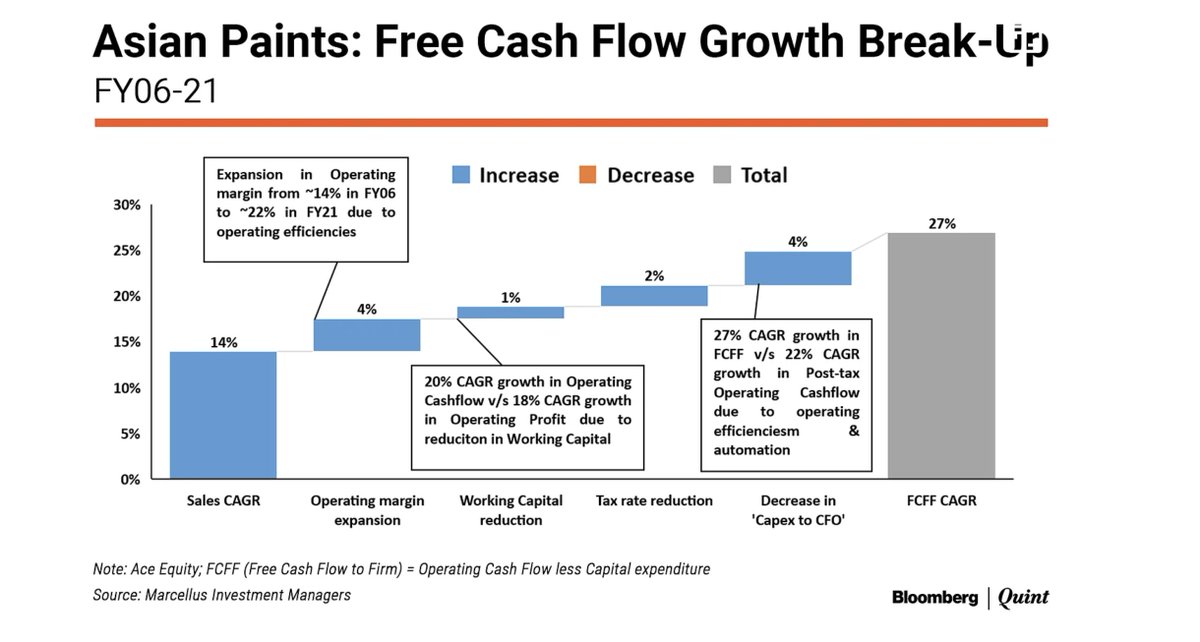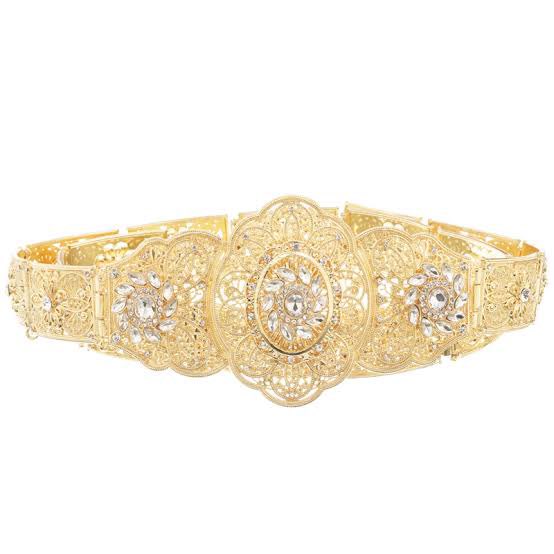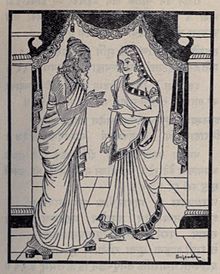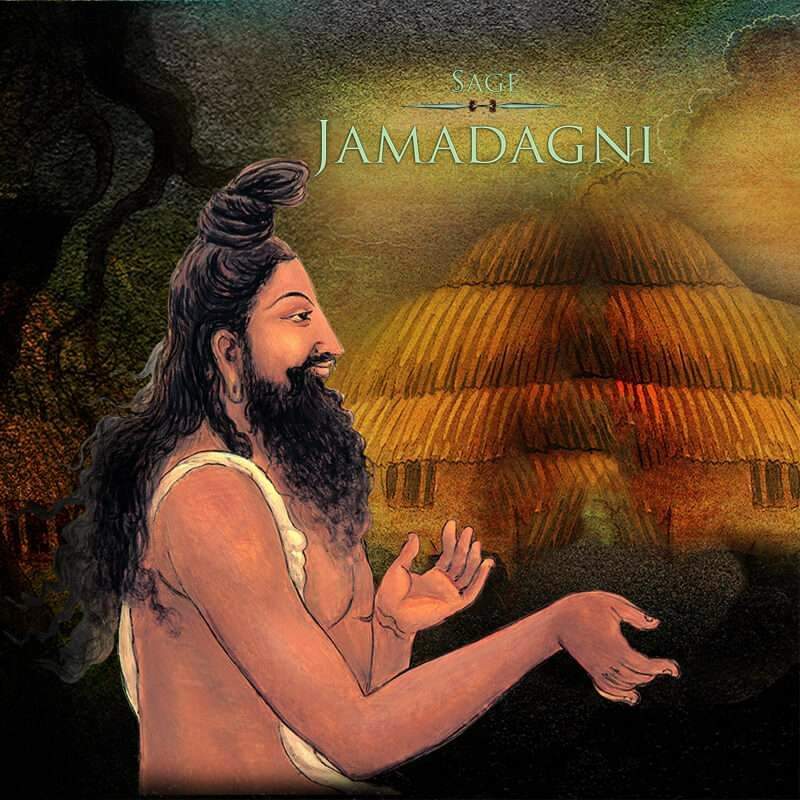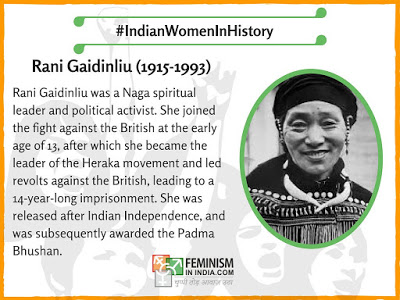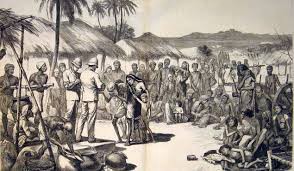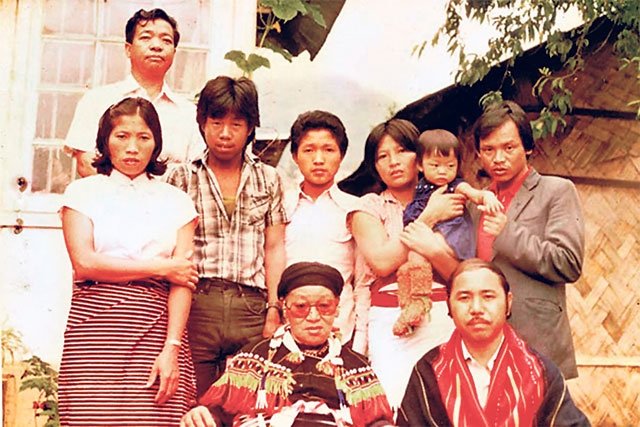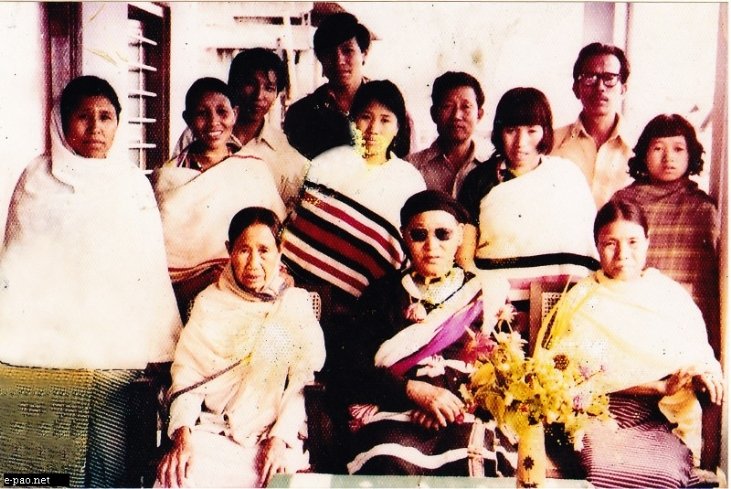I have seen plenty of Buffettology on Twitter and in other places over the past few years. Its time to clear the air and understand that there wasn't one but 3 different Warren Buffett's that existed throughout his career 📚📚
Time for a thread: 3 Different Buffett's 🧵🧵🧵


1)He was extremely valuation conscious and he was willing to buy shitty businesses which were dirt cheap.
2)He Practiced catalyst investing and sometimes bought entire controlling stakes in firms.
3)He accepted churn and turned
Now, let's talk about Warren Buffett 2 (Post 1970s). This is when he made the mistake of buying Berkshire Hathway and realized if you sit long enough in a poor business, then the
1) First key learning is to have your return expectations clear. The time you can devote to investing and your mental framework will eventually decide your returns
4) Selling is not bad. If you are able to find an opportunity that is vastly superior or offers
5) Since trees don't grow till sky, your entry multiple will eventually decide your compounding even in businesses that supposedly can do nothing wrong. These businesses simply cannot be 20%+ compounders if bought at 100x multiples when core growth
do well for themselves. If he respects the beginning multiple at which he buys businesses. Even if you are paying up, far far better to pay up for growth with moderate longevity than just longevity if you have a small
The final key learning is that it is far better to know yourself as an investor or as a person before you start investing. In the end, your own frameworks, view of investing, even the type of Warren Buffett you got influenced from the most (out 3 phases)
Just remember, this is the reason why Sanjoy Bhattacharya says that there are no right answers but only right questions. Just ask yourself: Who am I as an investor?
-The end-🧵
More from Intrinsic Compounding
More from Wise investing
You May Also Like
1. Project 1742 (EcoHealth/DTRA)
Risks of bat-borne zoonotic diseases in Western Asia
Duration: 24/10/2018-23 /10/2019
Funding: $71,500
@dgaytandzhieva
https://t.co/680CdD8uug
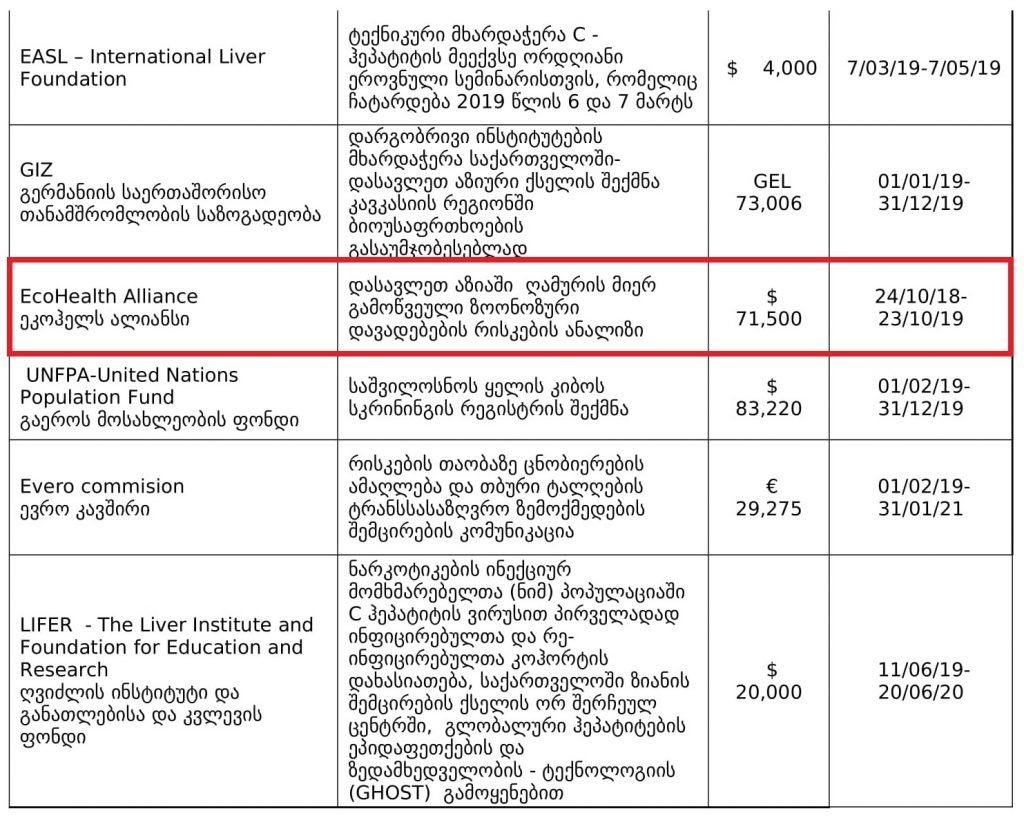
2. Bat Virus Database
Access to the database is limited only to those scientists participating in our ‘Bats and Coronaviruses’ project
Our intention is to eventually open up this database to the larger scientific community
https://t.co/mPn7b9HM48
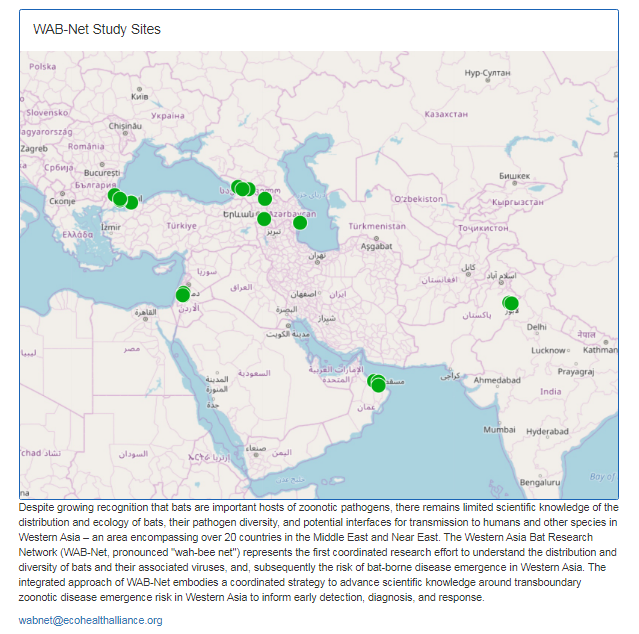
3. EcoHealth Alliance & DTRA Asking for Trouble
One Health research project focused on characterizing bat diversity, bat coronavirus diversity and the risk of bat-borne zoonotic disease emergence in the region.
https://t.co/u6aUeWBGEN

4. Phelps, Olival, Epstein, Karesh - EcoHealth/DTRA
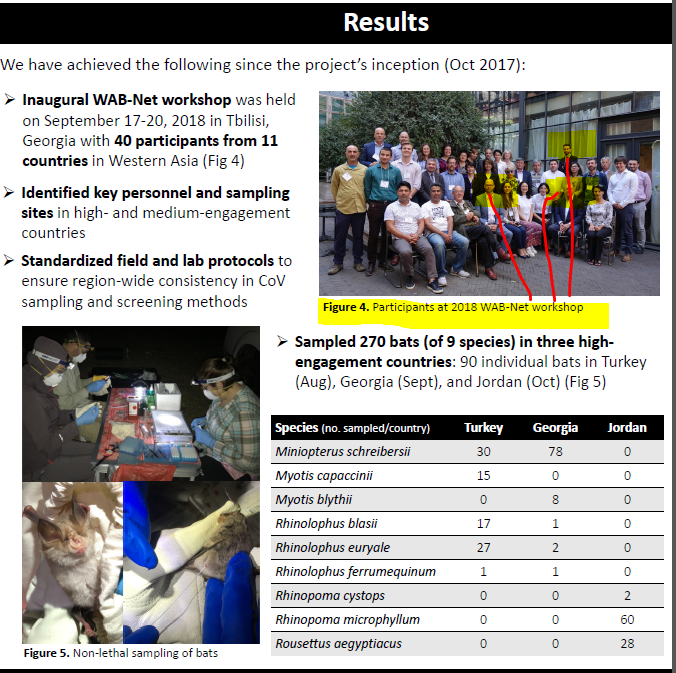
5, Methods and Expected Outcomes
(Unexpected Outcome = New Coronavirus Pandemic)
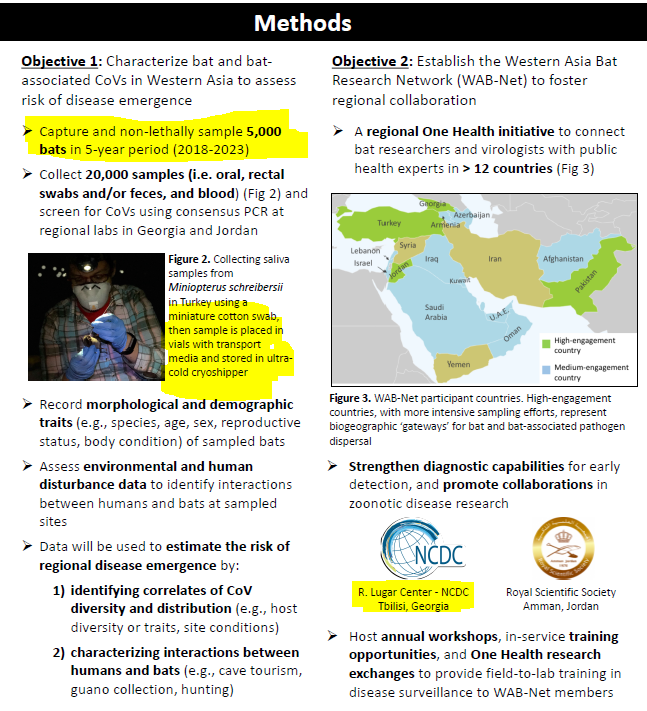
Risks of bat-borne zoonotic diseases in Western Asia
Duration: 24/10/2018-23 /10/2019
Funding: $71,500
@dgaytandzhieva
https://t.co/680CdD8uug

2. Bat Virus Database
Access to the database is limited only to those scientists participating in our ‘Bats and Coronaviruses’ project
Our intention is to eventually open up this database to the larger scientific community
https://t.co/mPn7b9HM48

3. EcoHealth Alliance & DTRA Asking for Trouble
One Health research project focused on characterizing bat diversity, bat coronavirus diversity and the risk of bat-borne zoonotic disease emergence in the region.
https://t.co/u6aUeWBGEN

4. Phelps, Olival, Epstein, Karesh - EcoHealth/DTRA

5, Methods and Expected Outcomes
(Unexpected Outcome = New Coronavirus Pandemic)


